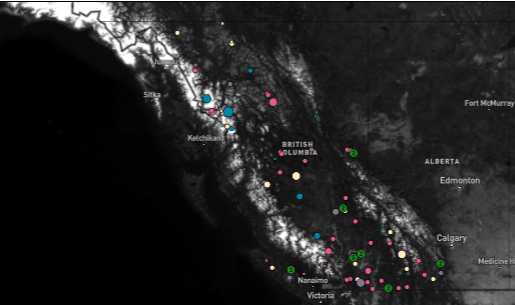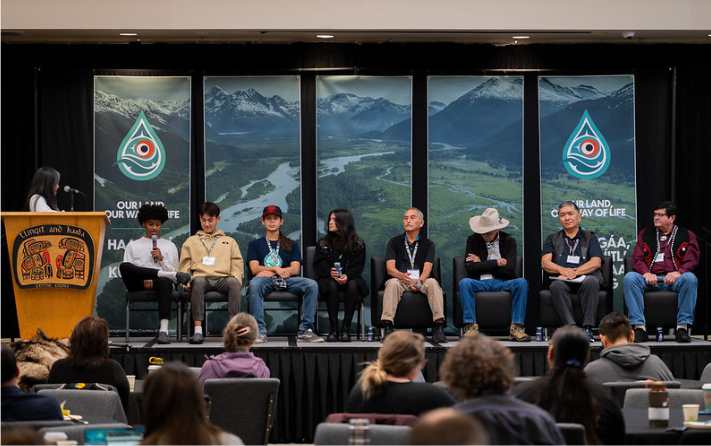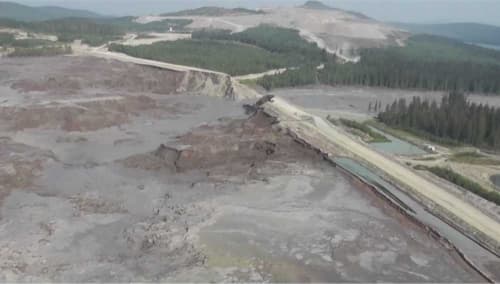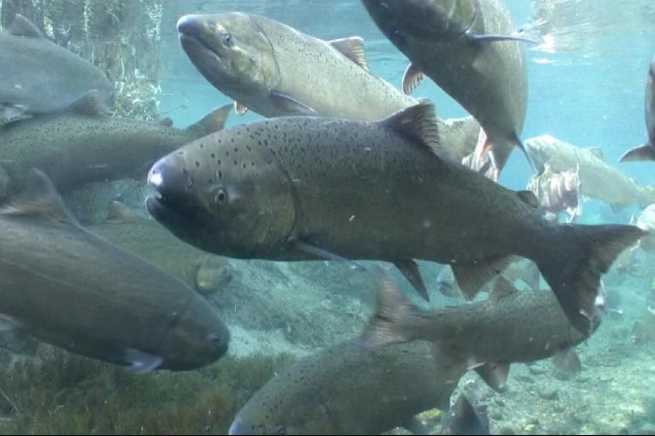
JUNEAU— An audit by British Columbia’s Mine Audits and Effectiveness Unit, an independent team in the provincial government’s Ministry of Energy, Mines and Low Carbon Innovation, has revealed that the ministry is continuing to fail to protect communities and the environment — including in Alaska and other U.S. states — from the catastrophic risks associated with massive, toxic mine waste dams, also known as tailings dams.
The report makes clear that mining code changes brought in after the 2014 Mount Polley tailings disaster — which sent 6.6 billion gallons of mining waste into the Fraser River watershed — are ambiguous, open to multiple interpretations and lack the definition needed to ensure compliance, verification and enforcement. While B.C. markets itself to the U.S. as a global leader for “responsible metals” sourcing, this report shows that’s far from true. Among other things, 28% of 64 mine waste dams the audit considered were out of compliance. Seven out of 31 mine waste dams determined to have “very high or high” consequence ratings for failure do not meet requirements. It is clear that safety is merely a consideration, not the priority, throughout B.C.’s mine permitting process.
“Time and again, B.C. Premier John Horgan has given the mining industry the keys to drive the bus, and we’re all along for the ride, whether we like it or not. This report makes clear how irresponsible that is,”said Jill Weitz, Director of Salmon Beyond Borders. “Lakes full of contaminants held back by earthen dams are the most likely to fail and to harm those of us downstream — yet despite this knowledge, B.C. continues to approve these risky projects. It’s imperative that the Biden Administration and the Trudeau Administration prioritize working together to prevent damage to international salmon rivers, and to ensure that Indigenous peoples, fishermen, and others connected to the rivers that give us life have a meaningful voice in what becomes of their homes.”[content id=”79272″]
“Our people have known our rivers since time immemorial,” said Frederick Olsen, Jr., Executive Director of the Southeast Alaska Indigenous Transboundary Commission (SEITC), which has petitioned British Columbia to halt the permitting of new mines and expansion of existing mines until a formal Tribal consultation process is implemented. “It is incredibly upsetting that foreign corporations are being allowed to endanger the rivers that give us life, while ignoring sovereign nations downstream. This report confirms that these corporations are still allowed to prioritize their bottom line over human life and human and ecological health. It’s time for Tribes to have a voice in the future of our homelands.”
Over the protest of Tribes, fishermen, municipalities, businesses, First Nations and many others, the B.C. government is pushing through a glut of massive open-pit mines and mine waste dams in the headwaters of Southeast Alaska’s most important salmon rivers — the Taku, Stikine and Unuk. Some of those projects, like the proposed Kerr-Sulphurets-Mitchell mine in the Unuk watershed, rival the size of the proposed Pebble Mine, in Bristol Bay. The abandoned Tulsequah Chief Mine in the Taku River watershed, has been contaminating the river system with acid mine drainage and heavy metals for more than 60 years.
B.C. does not require the consideration of cumulative impacts of multiple projects, though in some cases more than half the overall watershed is staked (on the Unuk River, 59 percent is staked; on the Iskut, the largest tributary of the Stikine, virtually all of the corridor is staked. The Stikine is also where the Red Chris Mine, which is co-owned by Imperial Metals, the company responsible for the much smaller Mt. Polley mine is already operating.) B.C. does not require that companies post clean up money prior to permitting, meaning if any of these companies go bankrupt, those downstream will be left with the mess. B.C. does not require the consent of Indigenous peoples impacted, in spite of British Columbia’s ostensible commitment to UNDRIP — the United Nations Declaration on the Rights of Indigenous Peoples.[content id=”79272″]








